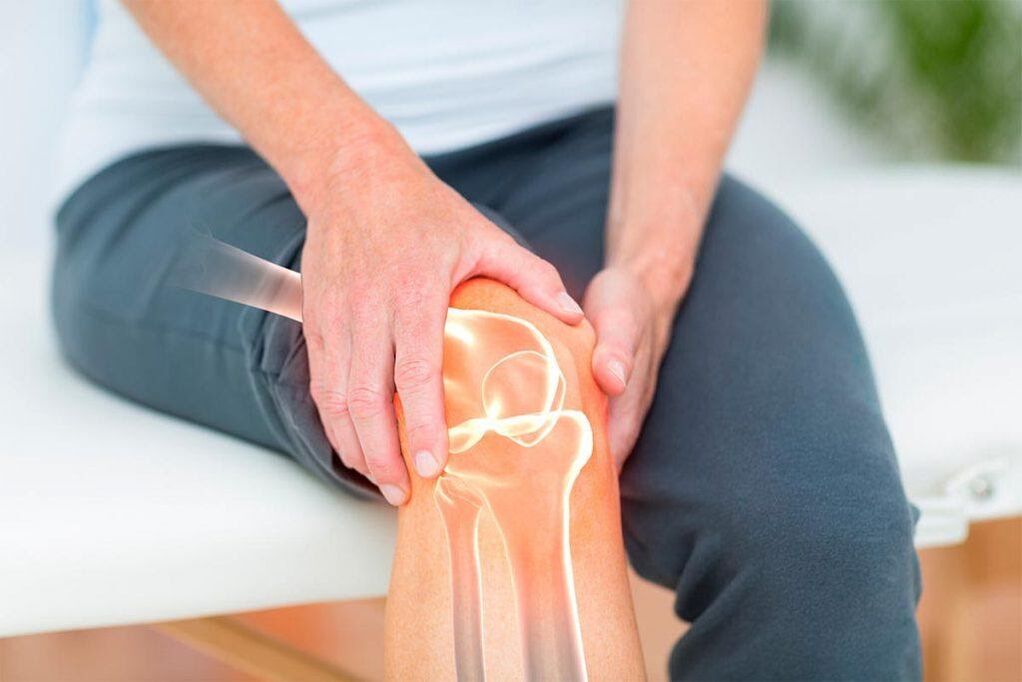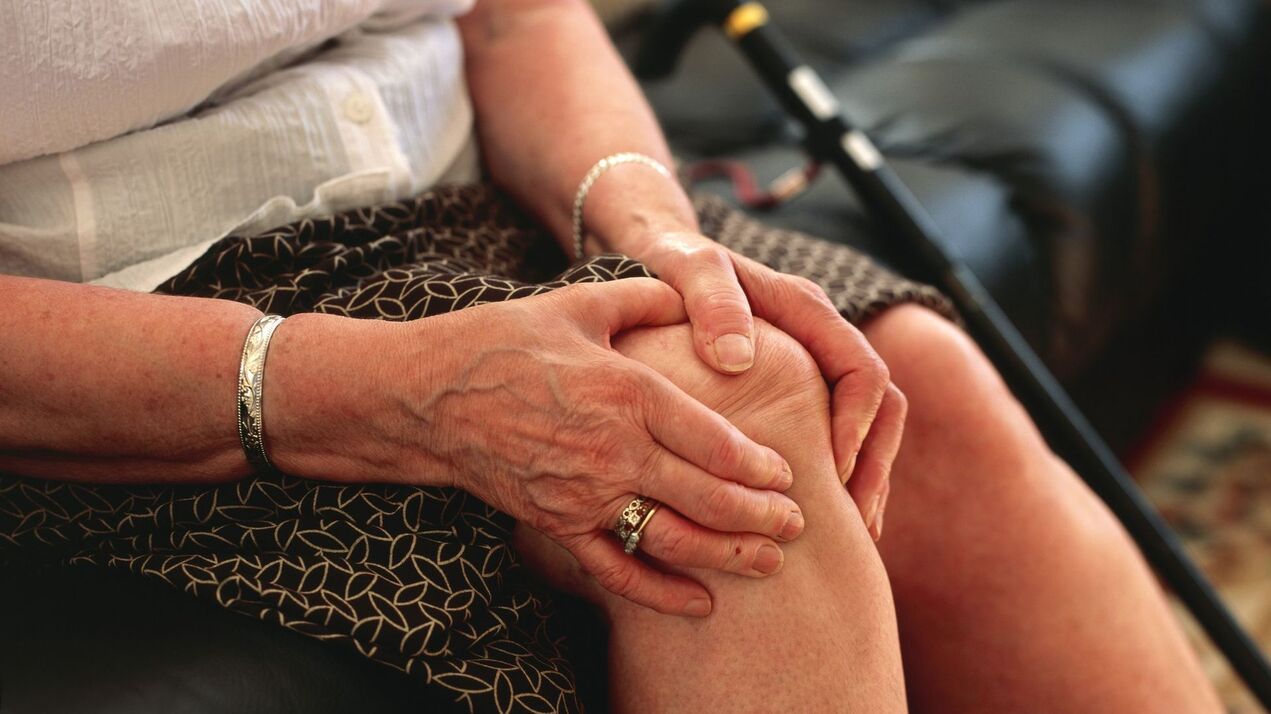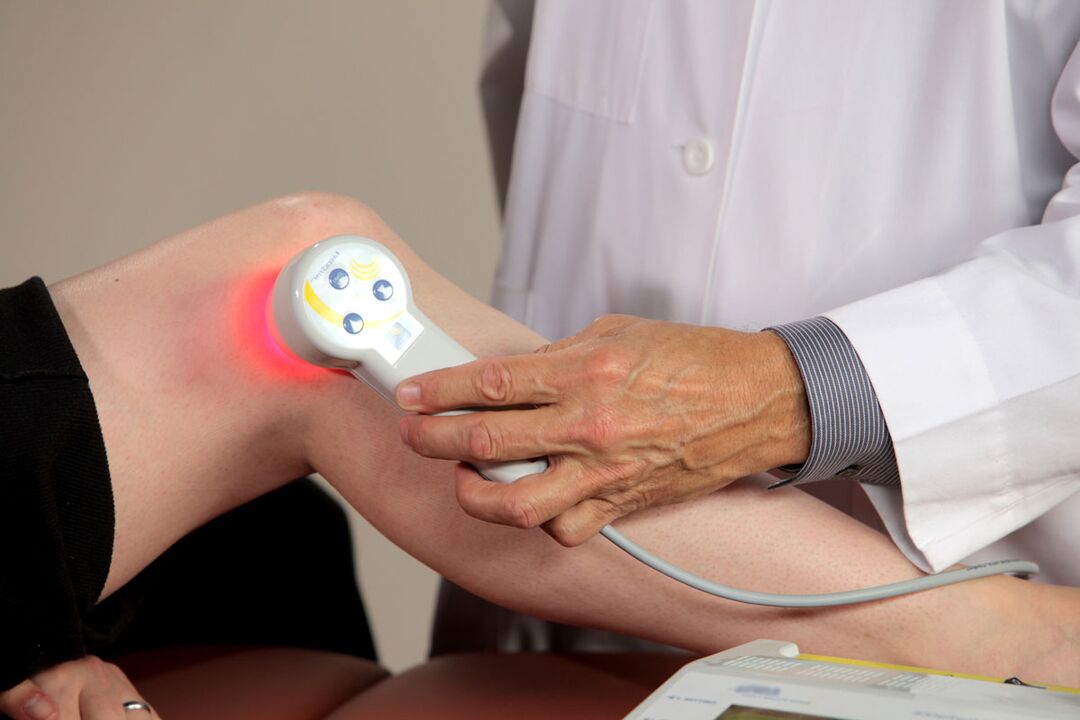
Our joints are complex and reliable mechanisms that have been created by nature. Their work cannot be seen as long as the joints are healthy. But when they start to get sick, the world loses its former brightness. One of the most common joint diseases is arthritis and arthrosis. Many people confuse them, and sometimes do not know at all what the difference is, because in both cases the joints hurt. Similar names are also confusing. In this publication, we will tell you how arthritis differs from arthrosis, about the symptoms of this disease and its treatment methods. Although there are similarities in name, the disease is completely different.
What is arthritis and arthrosis: the difference
First of all, the disease differs in name: both have the same Latin root, but different ends. Already with the final determination, you can remember what the difference is between arthritis and arthrosis. The Latin suffix "-oz" signifies a degenerative, destructive process. The end "-it" indicates an inflammatory process. The difference between arthrosis and arthritis is clear: the disease has completely different properties and ways. But let’s understand in more detail what arthrosis and arthritis are and what symptoms accompany them.
Osteoarthritis is the result of aging and joint deterioration
Arthrosis is the deformation and abrasion of the joint capsule, which allows the joint to move easily. The disease involves structural changes, damage to the cartilage and destruction of its tissues. As a rule, arthrosis occurs after 45-50 years and is the result of the body's natural aging process. In the elderly over 60 years of age, the disease is diagnosed in 80% with complaints of pain in the legs.

In young people, arthrosis most often develops as a post -traumatic phenomenon, for example, after fractures and bruises. It is often diagnosed in professional athletes.
Often, arthrosis affects the knee, ankle and hip joints, which are the ones that experience stress most often on a daily basis. Musicians often suffer from wrist and finger joints. By itself, arthrosis progresses slowly, therefore, in the early stages, the symptoms are less obvious.
Symptoms of arthrosis
its main symptom is pain, which manifests itself during movement and after doing physical exercise. As a rule, the pain in arthrosis is painful, not too strong and disappears at rest, in a comfortable state;
Frequent fractures - deep noises that occur as a result of bone rubbing;
movement stiffness is local, only the movement of the diseased joint is disturbed;
appearance - there may be deformation of the cartilage, at a later stage, slight swelling.
Types of arthrosis
Primary - arises as a result of the natural aging process of the joints.
Secondary - develops with a background of trauma, as a manifestation of post -trauma.
Arthritis is a serious disease of the body
Although arthrosis is usually diagnosed in people over the age of 45, arthritis can occur at any age. As we said, this is an inflammatory process that occurs in the joints, but affects the whole body at once. The disease is associated with damage to the immune system.
Why do joints hurt? The fact is that the immune body produced in this disease attacks the joints. Thus, with arthritis, the joints can ache: some on one or just one. Arthritis most often appears after severe stress, restlessness, against a background of decreased immunity and hypothermia, as well as as a result of metabolic disorders.

Symptoms of arthritis
pain in arthritis, in contrast to pain in arthrosis, decreases during movement, but increases and becomes chronic at rest. Often, the pain increases at night or in the early morning, during rest;
joints swollen, there is swelling, swelling, painful palpation;
the joint area becomes red and hot;
inflammatory reactions were noted in blood tests;
stiffness throughout the body, stiffness of movement;
the appearance of dense nodules in the joint area.
Arthritis is also often accompanied by manifestations such as:
dry eyes;
weakness, chills, drowsiness;
psoriasis;
weather dependence.
Types of arthritis
Depending on the nature of the disease, arthritis is divided into 2 types: inflammatory and degenerative. They, in turn, are also divided into several types.
Inflammatory arthritis can be:
infectious - inflammation of the joints caused by microorganisms that have entered the synovial fluid;
rheumatoid - an inflammatory process that affects the connective tissue around the joints, as well as many organs;
reactive - develops as a result of infection;
gout is an inflammation of the joints associated with an increase in uric acid in the blood and, as a consequence, with the deposition of salts.
Degenerative applies:
trauma;
osteoarthritis.
What is more dangerous: arthritis or arthrosis?
There is no definite answer to this question. Because both diseases, without timely treatment, can lead to complete loss of mobility. Arthrosis can be the result of arthritis. But long -term arthrosis can also cause arthritis.
Treatment of arthrosis and arthritis: features
Joint pain takes away the simplest joy for a person: a normal path, the opportunity to fully relax, freedom of movement. However, it is not always possible to recognize an alarming manifestation in these symptoms. Often people think that this is a temporary phenomenon and try to get rid of the pain faster: they treat themselves, take medication or use folk methods. But, after getting short -term relief, they do not know the main thing - the cause of the disease. As a result, the disease worsens and takes a more severe and neglected form.
The main recommendation of the doctor is not to delay a visit to a specialist. Only thorough examination and treatment will help avoid serious consequences. The opportunity to live and move fully is at stake here.
Arthrosis is treated by orthopedists, neurologists and rheumatologists. The main method is to reduce the load on diseased joints, increase tissue elasticity and strengthen muscles. In more severe cases, special injections with hyaluronic acid are prescribed, which help lubricate the joints, or so -called arthroplasty is performed.
However, drugs have not been found to fully restore cartilage tissue. Competent treatment of arthritis and arthrosis can only stop its destruction. The main methods for treating joint disease are physiotherapy training and physiotherapy procedures.

Arthritis is treated by a rheumatologist. The path of recovery depends on its specific type, but is rarely done without special anti-inflammatory drugs, antibiotics. Hormone medications are sometimes prescribed. The treatment regimen is usually as follows:
painkillers and anti-inflammatory drugs;
physiotherapy;
nutrition, diet, restoration of proper metabolic processes;
drug therapy if internal organs are affected.
Prevention is the foundation of joint health
Like other diseases, joint disease can be prevented. First of all, you should lead a healthy lifestyle, eat right and avoid stress.
If we consider specifically the recommendations, then the clinician pays attention:
Weight control - in order not to put pressure on the joints, you must constantly monitor a normal weight.
Moderate physical activity. They improve blood circulation, strengthen the muscular corset, which is very important for maintaining joint health. Still, the key word here is lightness, as sprains, injuries, strength training and strenuous sports only speed up the process of joint destruction. For the joints, swimming, cycling, and Nordic walking are considered the best activities.
Proper balanced nutrition. As a prevention of joint disease, doctors recommend reducing the amount of red meat in the diet, as well as foods with high animal fat content. But fatty fish and products containing omega-6 and omega-3 unsaturated fatty acids, on the other hand, should be included in the menu as much as possible. Emphasis should also be given to fresh vegetables and fruits, to maintain water balance.
Wear orthopedic shoes or comfortable soles.
Strengthens the immune system, in particular, prevents hypothermia and avoids stress.
Be healthy!

























